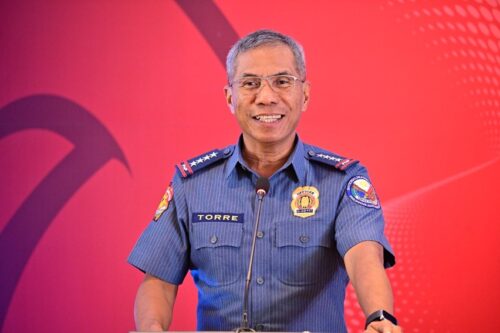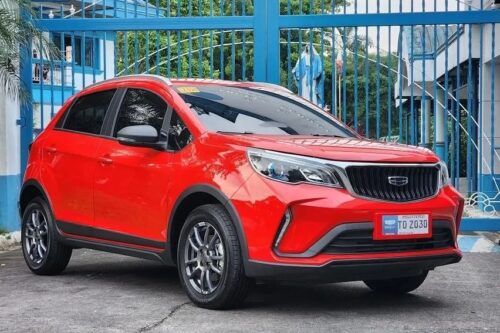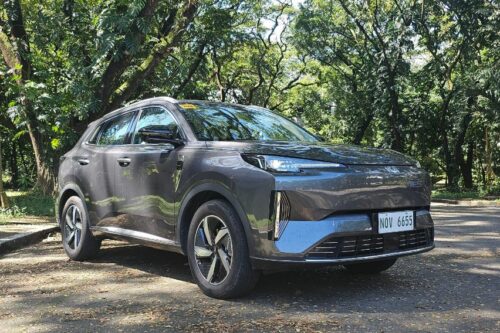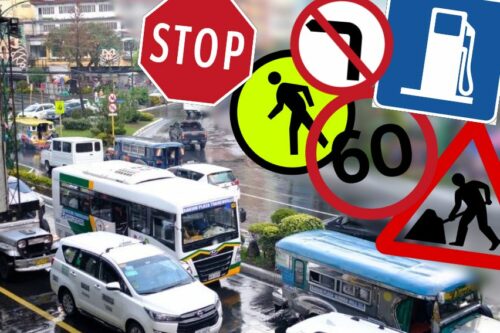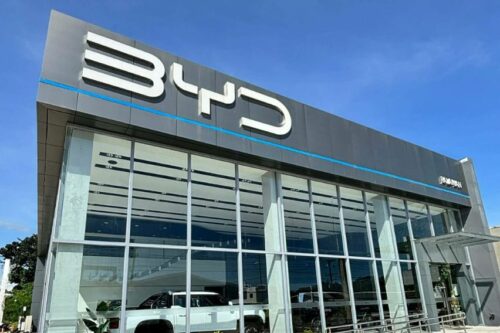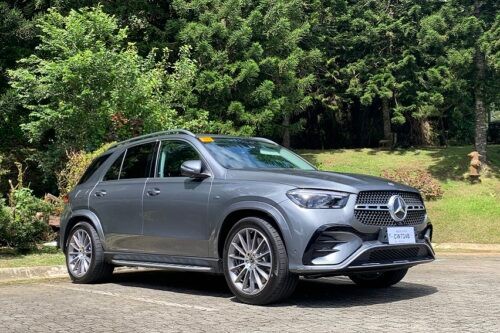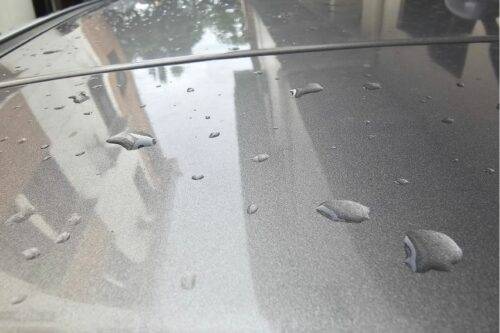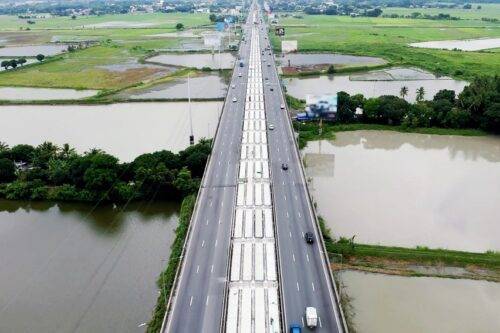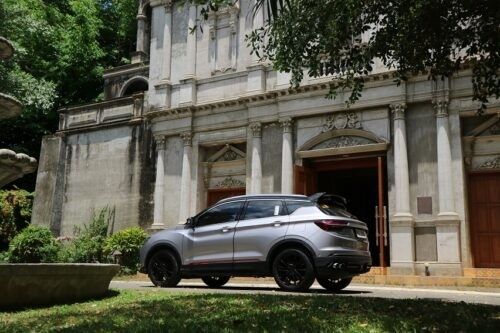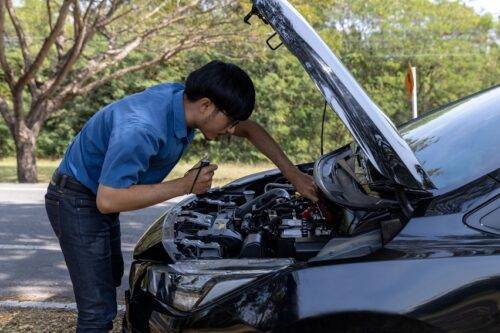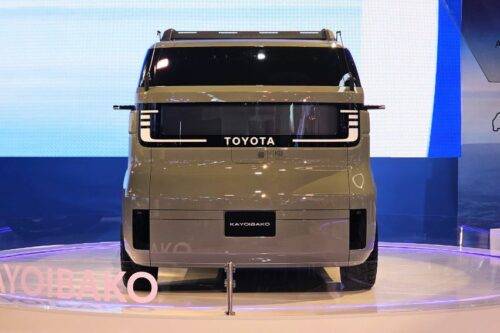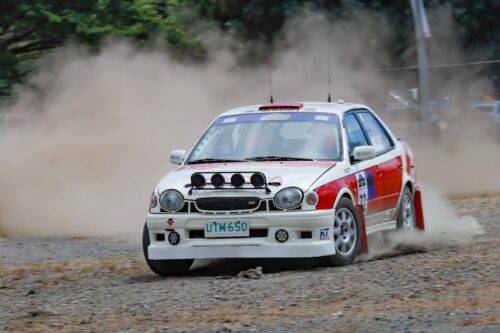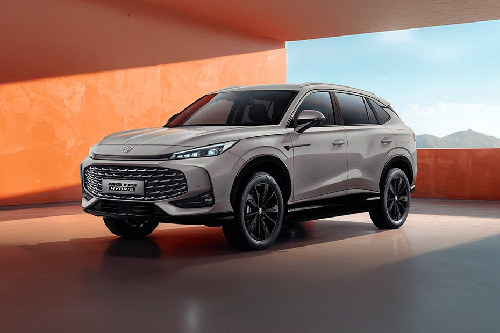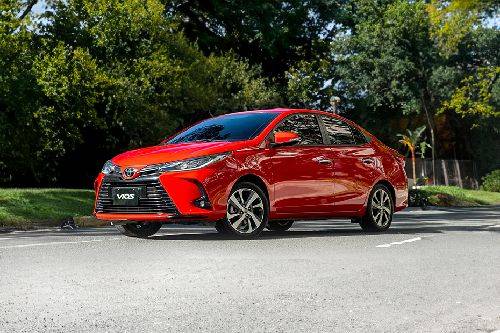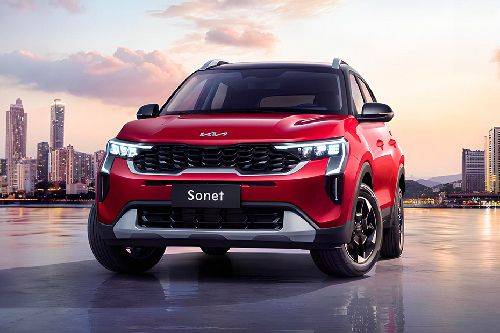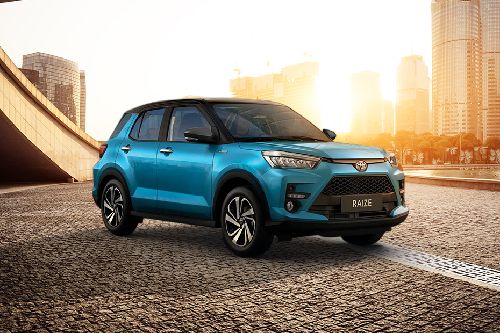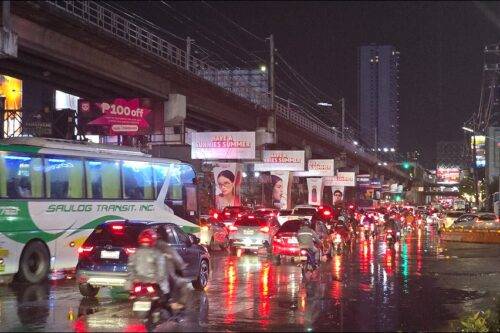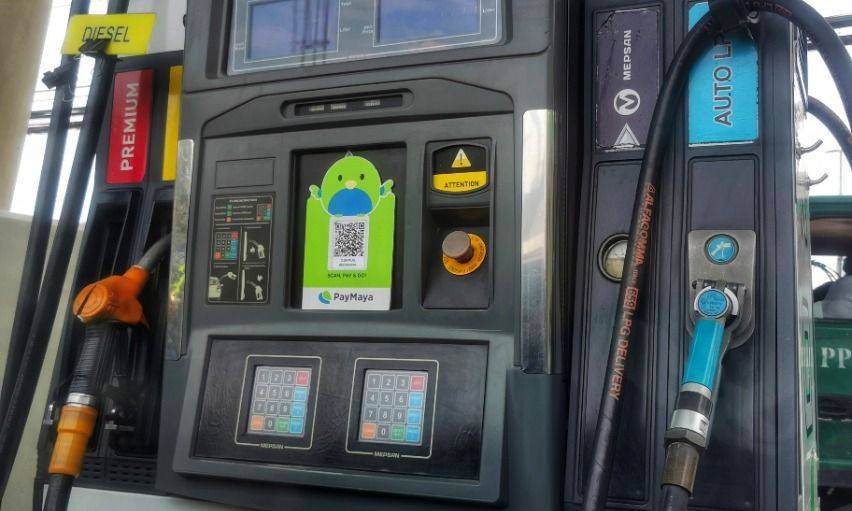Cebu Bus Rapid Transit to be fully operational starting 2025
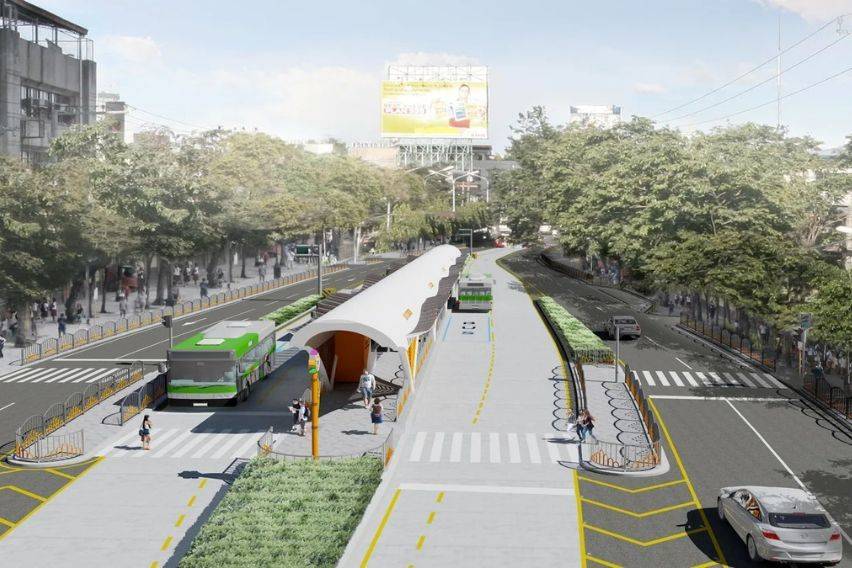
MANILA: President Ferdinand Marcos Jr. issued a directive to the Department of Transportation (DOTr) and stakeholders to ensure that the Cebu Bus Rapid Transit (BRT) project is completed on schedule and that any informal settlers affected by the transportation project will be relocated to an appropriate site.
KEY TAKEAWAYS
When will the Cebu Bus Rapid Transit be operational?
The Cebu Bus Rapid Transit will be partially operational starting in the fourth quarter of 2023 and fully operational starting in the second quarter of 2025.What are the features of the Cebu Bus Rapid Transit?
The 13.8-kilometer segregated lane of the Cebu Bus Rapid Transit has 17 bus stations, a depot, and a trunk terminal. It is designed to accommodate more than 160,000 passengers per day.During the groundbreaking ceremony of the Cebu BRT Package 1 along Fuente Osmeña Circle in Cebu City, Marcos said, “I also take the opportunity [for> the DOTr and other stakeholders to finish this project within the target completion timeline. I think that if we start operations in December, that will be the best possible Christmas gift that we can give to Cebu.”
The $16.3-billion project will be partially operational starting in the fourth quarter of 2023 and fully operational starting in the second quarter of 2025.
“I want to remind the DOTr to ensure the just compensation of property owners who will be affected by the CBRT project. I also urge you to find ways to properly relocate the affected informal settler families,” Marcos stated.
Although the construction of the Cebu BRT would cause minor inconveniences and heavy traffic, it will also increase opportunities for Cebuanos and boost the city's and province's economic growth.
“Apart from the greater convenience that will bring to our people, I’m sure it will also provide greater opportunities and improve the conditions for our current public transport drivers. I trust [that> it will also support economic development through travel time savings and environmental improvement and reduction of accidents among residents and visitors of the city,” Marcos said.
He asked all parties involved to be patient and considerate, saying that the disruptions will benefit the entire Cebu in the long run.
He reaffirmed the national government's commitment to boosting economic activity across the country by implementing innovative public transport solutions, upgrading the country's mobility infrastructure, and other measures.
“My administration resolutely supports you in exploring ways to improve our public transport systems and in forging partnerships that will help the Philippines keep up with the innovative interventions of other progressive countries,” Marcos stated.
He further guaranteed that both the national and local governments have carefully planned the Cebu BRT project.
Facilities that encourage non-motorized means of transportation, such as pedestrian and bicycle lanes, are included in the peripheral “urban realm enhancement projects for the beautification of the city along the BRT corridor.”
“This has spanned years and across many administrations and it is modeled after other BRT systems such as the ones that we see in Seoul in South Korea, in Guangzhou in China amongst others,” Marcos said.
According to the Presidential Communications Office, the Cebu BRT project was in planning for around 20 years until it finally became a reality.
The 13.8-kilometer segregated lane of the Cebu BRT Project, which has 17 bus stations, a depot, and a trunk terminal, is designed to accommodate more than 160,000 passengers per day.
Package 1 of the Cebu BRT comprises the construction of four stations, a 2.38-kilometer trunk service from the Cebu South Bus Terminal (CSBT) to the Capitol Building, and of 1.15 kilometers of pedestrian improvement from N. Bacalso corner Osmeña Boulevard to Plaza Independencia.
The Project Corridor in Cebu City's urban transport system will function better overall in terms of quality and level of service, safety, and environmental efficiency.
Under the project, buses will have a dedicated lane on the centermost lanes, one in each opposite direction, with the remaining lanes being made available for mixed-use traffic.
Marcos also thanked the DOTr and stakeholders for their commitment and perseverance in designing the project up until the start of its construction.
“My kudos to you for breaking ground on this project after more than a decade since it was first envisioned. Today, we are finally here to implement this plan and recalibrate the transport system of Metro Cebu. Thank you for helping provide Filipinos with more efficient, reliable, comfortable, and safer travel alternatives. There is no doubt that the fruits of your hard work will result in building modern and sustainable transit mechanisms that advance our citizenry’s quality of life,” he said.
Marcos also thanked the World Bank and the French Development Agency for providing financial support for the project and Chinese contractor Hunan Road and Bridge Construction Group Corporation Ltd. for assisting in the completion of the project.
Photo from Cebu City BRT Facebook page
Also read:
Davao City conducts physical consultation mission for PUV modernization project
DOTr breaks ground for Anonas, Camp Aguinaldo subway stations
Sell your car at the best price
 Verified and genuine buyers
Verified and genuine buyers
Trending & Fresh Updates
- Latest
- Popular
You might also be interested in
- News
- Featured Stories
Featured Cars
- Latest
- Upcoming
- Popular
Latest Car Videos on Zigwheels

Car Articles From Carmudi
- journal
- advice
- financing
- insurance

